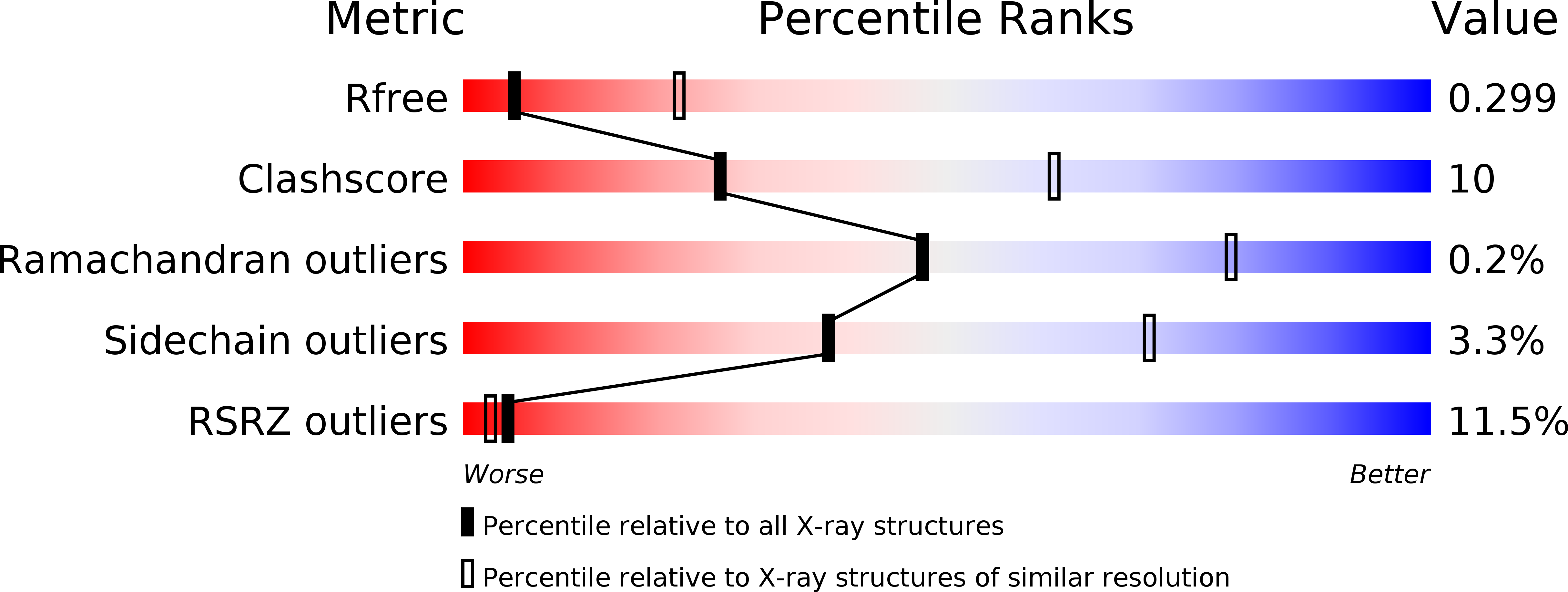
Deposition Date
2010-10-07
Release Date
2011-06-15
Last Version Date
2023-09-06
Entry Detail
PDB ID:
3P4Y
Keywords:
Title:
Helicase domain of reverse gyrase from Thermotoga maritima - P2 form
Biological Source:
Source Organism:
thermotoga maritima (Taxon ID: 2336)
Host Organism:
Method Details:
Experimental Method:
Resolution:
3.20 Å
R-Value Free:
0.29
R-Value Work:
0.28
R-Value Observed:
0.28
Space Group:
P 1 2 1


